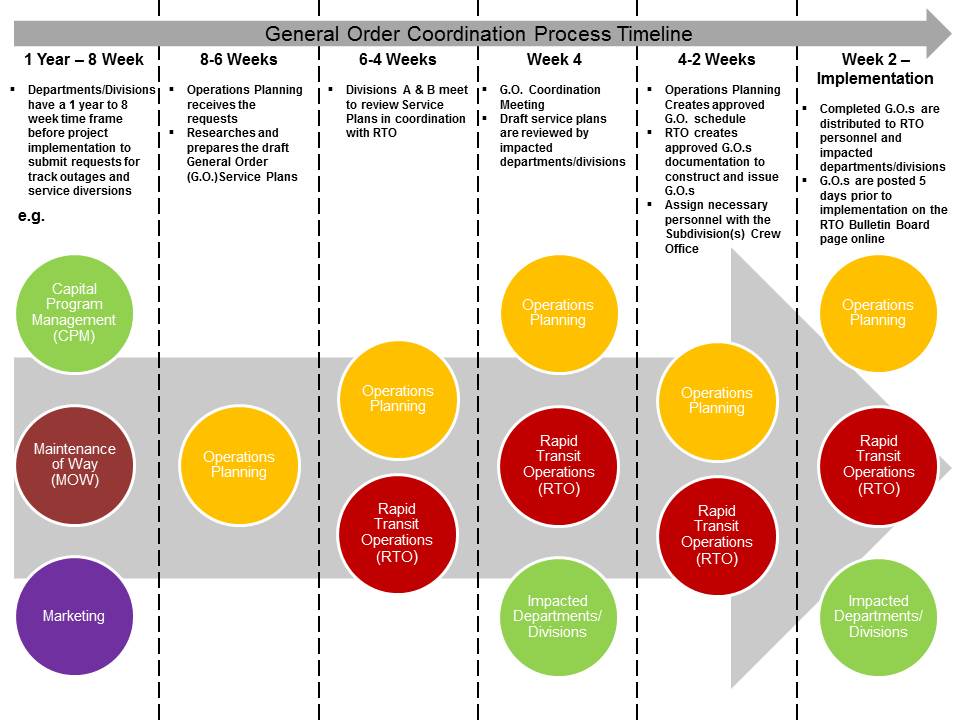The New York City Transit Riders Council (NYCTRC) presents the results of its study of subway service diversions in its latest report, Every Which Way But Direct!
“Our transit system is already very complex, and with increasingly frequent weekend and overnight service diversions, communication with the riding public – both in writing and announcements – needs improvement, so these diversions can be as painless as possible.”
Andrew Albert, Chair, New York City Transit Riders Council
This report addresses the Council’s concern that the frequency and intensity of service diversions have increased, putting more stress on riders and increasing the importance of good communication across all channels. The report examines:
- The processes of creating service diversion information and communicating it to riders
- The training provided to NYC Transit staff who relay service diversion communications
- Field surveys conducted by NYCTRC members that captured the information included on service diversion signage, service diversion announcement content, crowding conditions and passenger travel times
Findings
Service Diversion Signage
- Some station signage was posted in obscure locations in stations or not posted at all
- Signage on subway cars was often difficult to find, if it could be found at all
- Deciphering travel alternatives and understanding accessible travel alternatives was difficult
- When service diversions are cancelled or changed, signage is not always removed in a timely manner
Service Announcements
- Service diversion announcements were inconsistent across station platforms and on trains and buses
- Announcements were not made on all station platforms or trains surveyed
- When automated and manual announcements were made, they clearly stated travel alternatives that informed riders where to transfer to connecting services
- Shuttle bus operators consistently made service and stop announcements on all surveys, however on existing bus service surveys none of the bus operators made service or bus stop announcements
- When service diversions were cancelled or changed, announcements and count-down clocks were not always updated in a timely manner, and service diversion signage was still posted in the stations
Crowding Conditions
- Heavy crowding conditions were found primarily on trains where diverted passengers had to back-ride and transfer, as well as at shuttle bus stops
Frontline Personnel
- NYC Transit frontline personnel are not always aware of the travel information they should be relaying to riders
- Booth agents found it necessary to create their own signage to direct passengers because they were not always supplied with service diversion signage
NYCTRC asks the following questions:
- To ensure a more positive rider experience is the service diversion communication effort right-sized in relation to the recent increase in service diversions?
- Does the training and information provided to frontline employees meet rider needs for accurate and timely information?
- Does NYC Transit understand the impact of diversions on riders and their overall experience?
How does NYC Transit evaluate the performance of each service diversion, to help plan for future diversions and understand lessons learned?
Recommendations
- Establish a strong GO training program for NYC Transit personnel and attendants
- Prioritize internal communication to station agents during GO work periods
- Provide signage outside subway stations at street level before entering the station
- Place signage along the path that a rider follows as they enter a subway station
- Outline all travel alternatives and service diversion information on signage
- Post and remove signage promptly
- Create a policy requirement establishing that every train that will be directly impacted by a service will have signage posted explaining the impact and alternative travel options
- Communicate service diversions and travel alternatives on station platforms and on both trains and buses in a consistent manner
- Extend the Weekender format to weekdays to interactively show service diversions
Printed copies of the full report are available upon request from the Permanent Citizens Advisory Committee to the MTA (PCAC) office at 347 Madison Avenue, 8th Floor. The report is available for download here.
